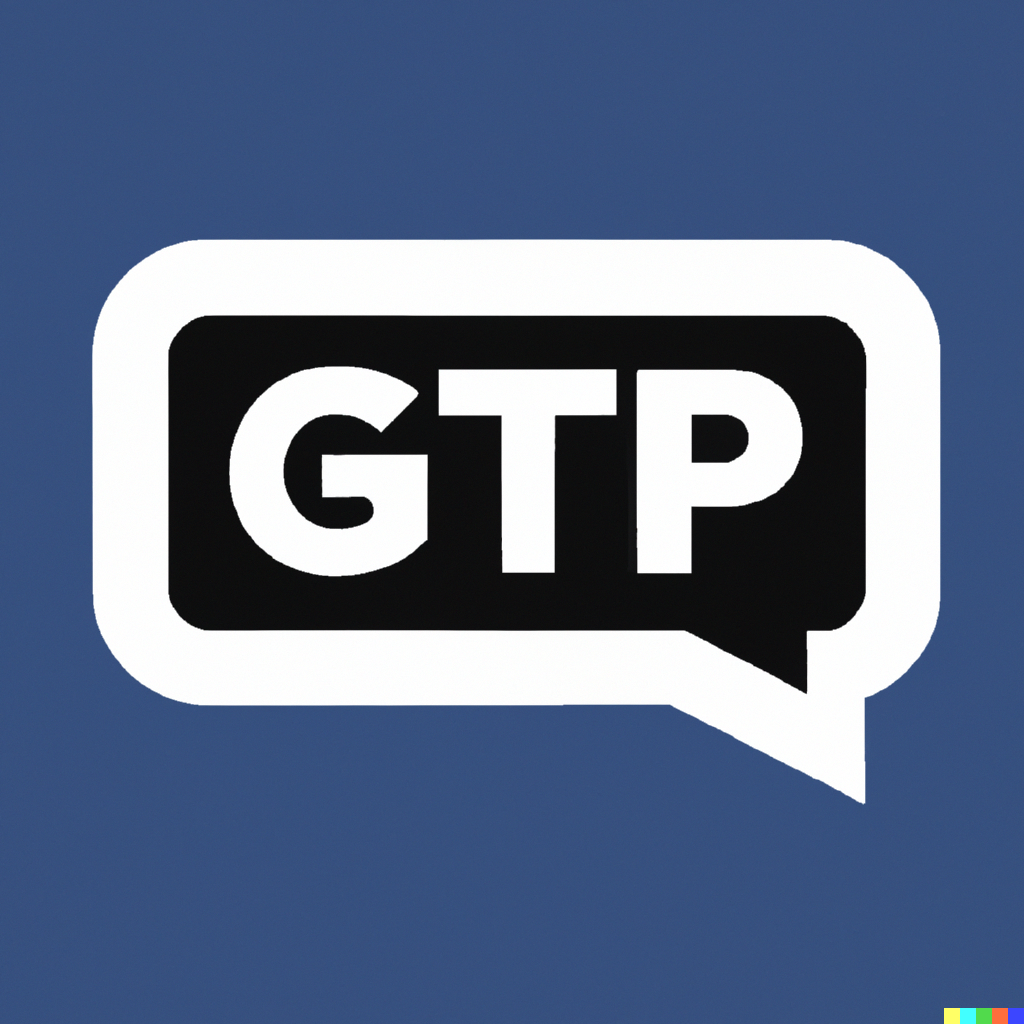What is ChatGPT Actually Capable of, and how Does it Work in 5 Minutes
ChatGPT is an extensive language model that uses deep learning to generate human-like text. It is pre-trained on a large corpus of text data and fine-tuned on specific task-related data to adapt to a particular task. It uses autoregression to generate text composed of an encoder and a decoder.

ChatGPT has generated over 1 million users in five days. That's good. Compared to other tech heavyweights - that's fantastic. Facebook needed ten months to hit the same number, and Netflix required a downright lazy 3.5 years. But what can ChatGPT do?
What is ChatGPT?
ChatGPT (short for "Chat Generative Pre-training Transformer") is a large-scale language model developed by OpenAI. It uses the transformer architecture from the whitepaper "Attention Is All You Need."
The model is pre-trained on a massive amount of text data and can then works for various language tasks, such as text generation, question answering, and language translation.
The model predicts the next word in a sentence, given the context of the words that have come before it. Because of this training objective and a large amount of text data, ChatGPT can generate coherent and fluent text that works in various applications, such as chatbots, text summarization, and text completion.
10 Capabilities of ChatGPT
There are many different ways that ChatGPT can be used, depending on the specific task and application. Some examples include:
- Text generation: ChatGPT can generate coherent and fluent text, which works in various applications such as chatbots, content creation, and text summarization.
- Text completion: ChatGPT can be used to complete incomplete sentences or paragraphs, which can be helpful for tasks such as text editing and data entry.
- Language Translation: ChatGPT can work for language translation, which can help translate large amounts of text from one language to another.
- Question answering: ChatGPT can answer questions based on a provided context, which can be helpful in applications such as customer service and information retrieval.
- Text Classification: ChatGPT can work for text classification tasks, where the model classifies text into different categories.
- Dialogue generation: ChatGPT can generate responses in a conversational context, making it useful for chatbot and virtual assistant applications.
- Summarization: ChatGPT can condense a given text, which can be helpful for tasks such as document and news summarization.
- Sentiment Analysis: ChatGPT can work for sentiment analysis, where the model classifies text as having a positive, negative or neutral sentiment.
- Text-to-Speech: ChatGPT can work for text-to-speech, where the model generates speech from text.
- Language model fine-tuning: ChatGPT can work for a variety of other natural languages processing tasks, such as named entity recognition, part-of-speech tagging, and coreference resolution.
How does ChatGPT work?
ChatGPT (short for "chat Generative Pre-training Transformer") is an extensive language model that uses deep learning to generate human-like text. It works on the Transformer architecture, a neural network designed to handle sequential data, such as text.
The basic idea behind ChatGPT is that it is trained on a large corpus of text data (such as books, articles, and websites) to learn the patterns and structure of human language. The model trains to predict the next word in a sentence, given the previous words. This prediction process is called "unsupervised pre-training". The model learns to generate coherent and grammatically correct text.
Once the model is pre-trained, it can be fine-tuned on specific task-related data, such as a dataset of customer service conversations, to adapt to a particular task. This fine-tuning step allows the model to perform specific natural languages processing tasks, such as text summarization or question answering.
ChatGPT is an encoder and a decoder; the encoder takes the input sequence and converts it into a fixed-length context vector. Then, the decoder takes in the context vector and generates the output sequence.
To generate text, ChatGPT uses a technique called autoregression, where the model begins with a starting text, and causes the next word, then the next word, until the desired complete text length. The model uses its knowledge of the patterns and structure of language to generate coherent and grammatically correct text.
In summary, ChatGPT is an extensive language model that uses deep learning to generate human-like text. It is pre-trained on a large corpus of text data and fine-tuned on specific task-related data to adapt to a particular task. It uses autoregression to generate text composed of an encoder and a decoder.

